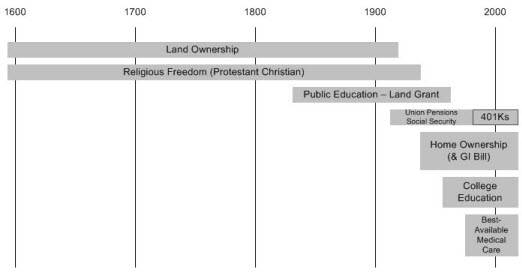On this Reason post [h/t Instapundit] about possible serious political warping of the “stimulus”spending, commenter nate made an interesting claim:
I work in a federal agency that had a good portion of stimulus cash and was part of the team that picked projects to get funds. We really didn’t look at unemployment in the area. Our main criterion was whether the project had been designed and engineered to a point that we could get construction going pretty quickly. Once we set out our list, we sent it up to OMB. They knocked some stuff out and changed it up some, but for the most part the final list looked like what we sent them. I doubt politics had too much to do with the selection of projects.
I actually think this is very likely. As much as I would gain emotional satisfaction from the idea that perfidious Democrats systematically channeled hundreds of billions of dollars to their cronies in old style big city machine corruption writ large…
… I just don’t think they’re that competent.
Instead, I think the asymmetry could largely result from the type of projects that nate and his colleagues were primed to fund. They didn’t fund projects because the projects fulfilled an important need. Neither did they fund projects that local areas could not afford and therefore had never started. Instead, they funded projects based solely on how far along the projects already were in their development.
